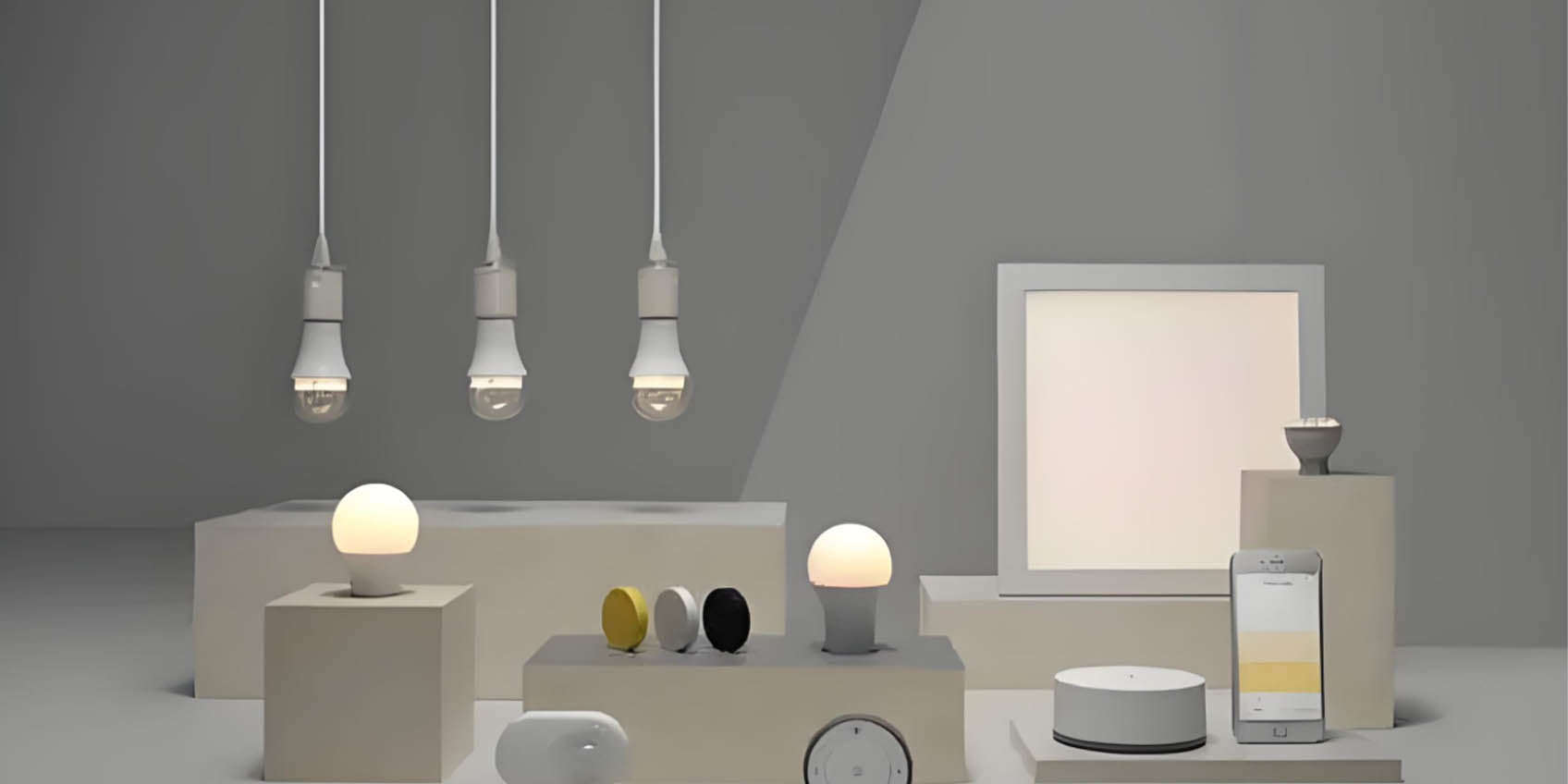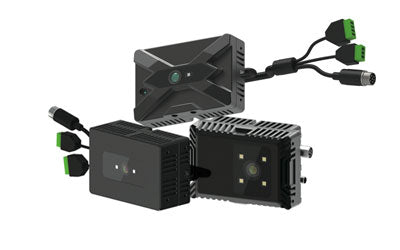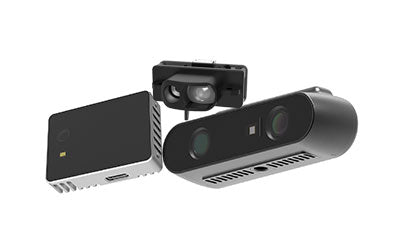Light Sensors vs. ToF Sensors: Key Differences and Complementary Uses

In modern technology, light sensors and Time-of-Flight (ToF) sensors are two important types of sensors, each playing a unique role in various applications. Although both involve light detection and measurement, their operating principles and application domains are quite different. However, in certain scenarios, these two sensors can complement each other to enhance overall system performance and functionality.
Overview of Light Sensors
Light sensors are electronic devices that convert light signals into electrical signals. Their core functionality relies on the coordination between light-sensitive elements and signal processing circuits. Common light-sensitive elements include Light Dependent Resistors (LDRs), Photodiodes, and Photocells.
For instance, in an LDR, when ambient light strikes its surface, the semiconductor material's electrons are excited, causing the resistance to change with light intensity: increased light lowers resistance, while reduced light raises it. This process enables the conversion of light energy into electrical energy, providing a foundation for subsequent signal processing.
The signal processing circuit receives the electrical signals from the light-sensitive element, amplifies, filters, and calibrates them, ultimately outputting voltage or current values that correspond to light intensity. This ensures that light sensors can accurately and stably reflect changes in ambient light intensity.
TOF meaning: An Overview of Time-of-Flight (ToF) Sensors
ToF sensors are devices based on measuring the time it takes for a light signal to travel from the emitter to the target and back to the sensor. Their core operating principle involves emitting light pulses and calculating the distance based on the time taken for the light to return.
ToF cameras provide precise depth information and are used in various applications, including 3D imaging, obstacle detection, and environmental modeling. ToF technology is widely applied in robotics, autonomous driving, Virtual Reality (VR), and Augmented Reality (AR), among other fields.
Differences Between Light Sensors and ToF Sensors
-
Operating Principle:
- Light Sensors: Detect changes in light intensity and convert light signals into electrical signals. These signals are used for controlling lighting devices, monitoring environmental light, etc.
- ToF Sensors: Emit light pulses and measure the time taken for the light to travel to and from the target to calculate the distance. ToF cameras are used for providing depth information and 3D modeling.
-
Application Areas:
- Light Sensors: Primarily used for detecting and adjusting light intensity, applicable in smart homes (e.g., automatic light adjustment), industrial production (e.g., monitoring light conditions), agriculture (e.g., optimizing crop growth conditions), etc.
- ToF Sensors: Used for distance measurement and depth perception, applicable in robot navigation, autonomous driving, Virtual Reality (VR), Augmented Reality (AR), etc.
-
Data Output:
- Light Sensors: Output voltage or current signals corresponding to light intensity.
- ToF Sensors: Output precise distance information or 3D depth data.
-
Technical Features:
- Light Sensors: Focus on detecting and converting light intensity, often used for light source adjustment and environmental monitoring.
- ToF Sensors: Focus on distance measurement and environmental modeling, providing 3D spatial information and obstacle detection.
Complementary Applications of Light Sensors and ToF Sensors
In some advanced applications, light sensors and ToF sensors can work together to enhance overall system performance and functionality:
-
Smart Home Systems: In smart homes, light sensors can monitor ambient light and automatically adjust lighting brightness, while ToF cameras can provide depth information and object positioning within the room. The combination allows for smarter lighting control and environmental adaptation, such as enhancing lighting in dim areas and optimizing light distribution based on object positions.
-
Autonomous Driving: In autonomous driving systems, light sensors can detect road and environmental light conditions to automatically adjust headlights, while ToF sensors provide precise distance measurement and obstacle detection. Combining these sensors enhances vehicle safety and navigation capabilities in varying lighting conditions.
-
Augmented Reality (AR): In AR applications, light sensors can measure ambient light intensity to adjust the lighting effects of virtual objects, while ToF sensors create 3D models of the environment, enabling more accurate interaction between virtual objects and the real world. The synergy of these sensors enhances the realism and immersion of AR experiences.
Conclusion
Light sensors and ToF sensors each have unique operating principles and application areas. Light sensors are used for detecting and converting light intensity, while ToF sensors are used for distance measurement and depth perception. In certain applications, these sensors can work together to enhance overall system performance and functionality, leading to more intelligent and efficient solutions. Understanding the differences and complementary uses of these sensors helps in selecting and optimizing appropriate technological solutions.
Synexens 3D Of RGBD ToF Depth Sensor_CS30
After-sales Support:
Our professional technical team specializing in 3D camera ranging is ready to assist you at any time. Whether you encounter any issues with your TOF camera after purchase or need clarification on TOF technology, feel free to contact us anytime. We are committed to providing high-quality technical after-sales service and user experience, ensuring your peace of mind in both shopping and using our products
-
Posted in
CS30





